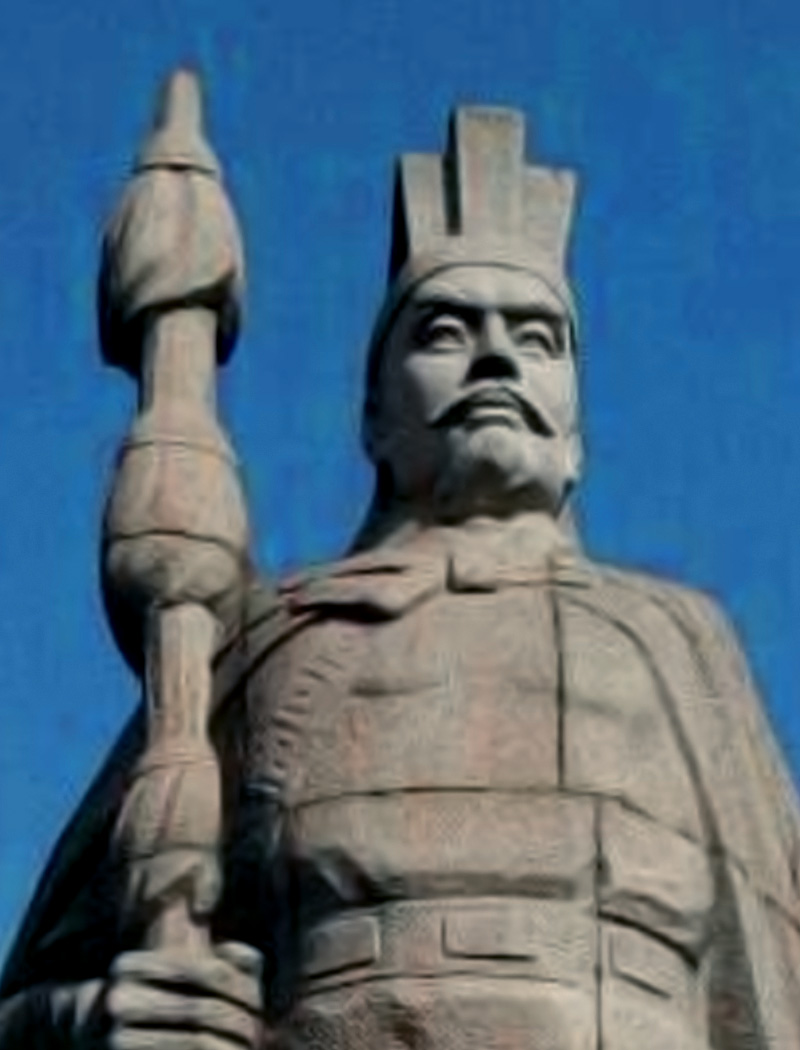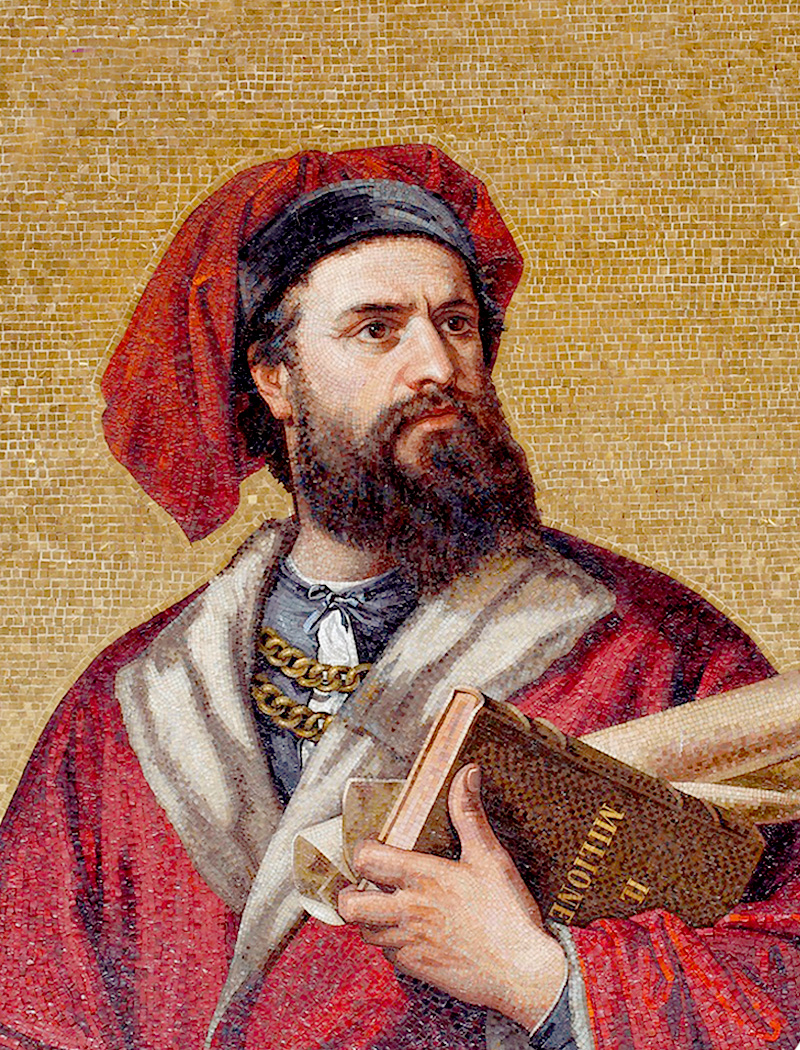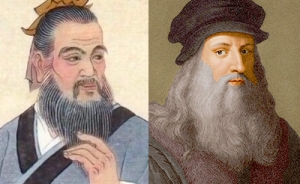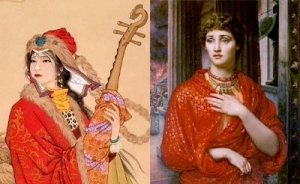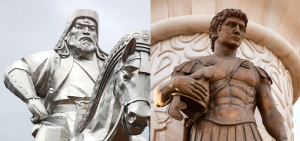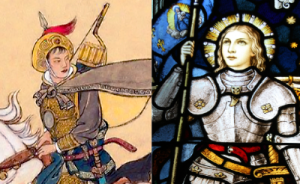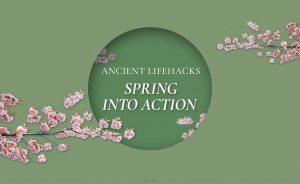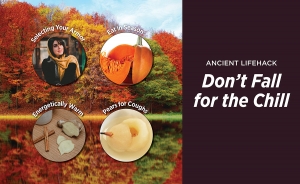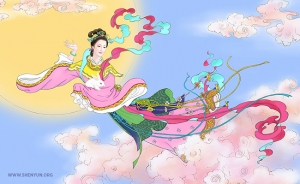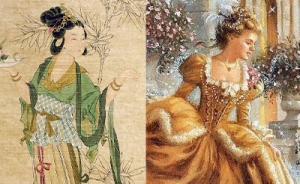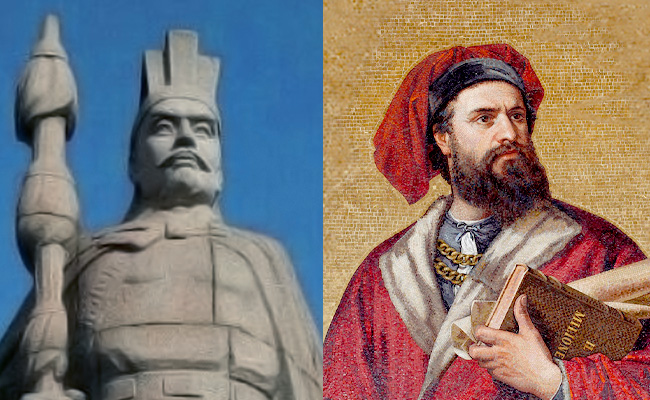
Figuras históricas com trajetórias similares 10/10: Marco Pólo e Zhang Qian
Nesta série analisamos figuras históricas do passado da China que têm intrigantes paralelos ocidentais.
Em 138 A.E.C., um oficial chamado Zhang Qian viajou para além das fronteiras ocidentais da China numa missão diplomática. No entanto, um atraso após o outro prolongou a sua viagem para 25 anos. Durante esse período, ele visitou muitos reinos desconhecidos dos chineses e reuniu informações detalhadas, valiosas e reveladoras. Os relatórios de Zhang Qian marcaram um divisor de águas na interação além das fronteiras ocidentais da China. Suas viagens estão bem documentadas na crônica histórica Registros do Grande Historiador.
Avançando para o ano de 1271 d.C., um jovem veneziano chamado Marco Polo partiu com seu pai comerciante e seu tio para o Oriente. Durante os 24 anos seguintes, exploraram toda a Rota da Seda e por toda a China e Sudeste Asiático. Após o seu regresso, Marco escreveu As Viagens de Marco Polo, que apresentou aos europeus o fascínio do Oriente—despertando inúmeras imaginações.
Zhang Qian
Oficial e diplomata da Dinastia Han, Zhang Qian (164-113 a.C.) foi enviado pelo imperador para fazer um tratado de aliança com uma tribo nômade vizinha, os Yuezhi. Passando por território hostil no caminho, Zhang foi feito prisioneiro. E preso ele permaneceu por mais de uma década.
Não sendo dissuadido, ele finalmente conseguiu escapar e chegar ao seu destino. Uma vez lá, Zhang descobriu que o povo Yuezhi não estava muito interessado em uma aliança. No entanto, isso não foi tudo que ele descobriu. Ele ficou surpreso ao ver que os Yuezhi eram bastante desenvolvidos em termos agrícolas, cultivando uma série de culturas desconhecidas pelos chineses, bem como criando cavalos magníficos.
A partir daí, Zhang aventurou-se por toda a Ásia Central, registrando as suas descobertas e observações, antes de regressar à capital Han—por uma rota diferente, esperançosamente mais segura.
Ele foi capturado novamente.
Felizmente, desta vez demorou apenas dois anos até que uma oportunidade de fuga perfeita se apresentasse. Depois de finalmente chegar em casa, Zhang informou ao imperador Han sobre os muitos reinos e estados civilizados e populosos, sua cultura, estilos de vida, geografia e tudo de interessante que ele viu lá.
De acordo com Registros do Grande Historiador:
“O imperador soube dos Dayuan, Daxia, Anxi e dos outros, todos grandes estados ricos em produtos incomuns, cujo povo cultivava a terra e ganhava a vida da mesma maneira que os chineses.”
De notável interesse foram os cavalos Ferghana “suadores de sangue”, guerreiros montados em elefantes, arqueiros habilidosos, alfafa como forragem, camelos de uma só corcunda e vinho de uva.
Zhang foi a primeira pessoa conhecida a trazer aos chineses informações precisas e detalhadas sobre a Ásia Central e seus povos. Suas explorações levaram à expansão da Rota da Seda por toda a Ásia Central e trouxeram muitas outras missões.
Marco Pólo
Ao longo dos séculos seguintes, a Rota da Seda teve altos e baixos. Após a queda da Dinastia Tang no século X, tornou-se bastante perigosa e o comércio caiu drasticamente. Foi só na Pax Mongolica do século XIII que a Estrada realmente ganhou vida novamente—um momento perfeito para a nossa figura paralela entrar em cena.
Marco Pólo nasceu em 1254 em uma família de comerciantes venezianos. Quando adolescente, ele partiu com o pai e o tio em uma viagem de negócios para o Oriente. No entanto, o trio envolveu-se em mais do que seus empreendimentos mercantis, e passaram-se 24 anos até que voltassem a pisar na Europa.
Depois de partirem de Veneza, os Polo passaram pelos actuais Israel, Turquia, Iraque, Irão, Afeganistão e Tajiquistão; eles cruzaram os desertos de Taklamakan e Gobi. Assim que chegaram à capital da Dinastia Yuan, foram recebidos por Kublai Khan (neto de Genghis). O Khan, que já havia conhecido o pai e o tio, conheceu agora o mais jovem Polo e fez dele seu emissário. Esta confiança inicial levou a um compromisso de longo prazo que permitiu a Marco Polo explorar a China e o Sudeste Asiático durante 17 anos com um passaporte VIP, conhecendo lugares e coisas que nenhum ocidental tinha visto antes.
Sua experiência parece muito melhor do que a de mais de uma década que Zhang Qian passou como prisioneiro. No entanto, Marco Pólo foi tão favorecido pelo Khan que, anos depois, quando quis voltar para casa, suas súplicas foram negadas repetidas vezes.
Eventualmente, Marco foi autorizado a voltar para casa. No entanto, quando regressou em 1295, encontrou Veneza em guerra. Marco tornou-se comandante de uma galera, mas logo se viu, como seu paralelo chinês, numa prisão.
Não foi tempo perdido, no entanto. A prisão foi onde Polo (junto com um escritor colega de cela) redigiu o manuscrito de seu épico diário de viagem.
As Viagens de Marco Pólo descrevem a geografia e os costumes culturais asiáticos. Polo fala de porcelana e pólvora, “pedras que queimam como troncos” (carvão), uma grande capital com “o maior palácio que já existiu” e um refeitório com capacidade para 6.000 pessoas, papel-moeda e o serviço postal imperial, vastos sistemas de canais , prodigiosa produção de ferro e sal, livros de bolso e roupas de seda, bem como elefantes, crocodilos e macacos. Ainda assim, no final, Marco Polo afirma: “Só contei metade do que vi”.
As Viagens deram aos europeus a primeira visão abrangente da China e de outros países da Ásia. O livro tornou-se incrivelmente popular e foi considerado um dos relatos mais valiosos do mundo exterior da época. Diz-se que, mais de um século depois, um homem chamado Cristóvão Colombo carregava uma cópia em suas próprias viagens.
Portanto, aqui estão dois homens—um que foi do Oriente para o Ocidente e outro do Ocidente para o Oriente—que embarcaram em viagens perigosas que duraram duas décadas e meia cada uma e trouxeram para as suas nações conhecimentos intrigantes sobre os mundos fascinantes que viram. Com mil anos de diferença, Zhang Qian e Marco Polo cruzaram-se de certa forma, iluminando e inspirando nos seus papéis como emissários da descoberta intercultural.
Esta é a décima e última instalação da nossa série de personagens paralelos. Você tem um favorito? Um par que você acha que deveríamos ter incluído? Deixe-nos saber nos comentários abaixo. Ah, e aguarde um bônus na próxima semana.

Figuras históricas com trajetórias similares 10/10: Marco Pólo e Zhang Qian


